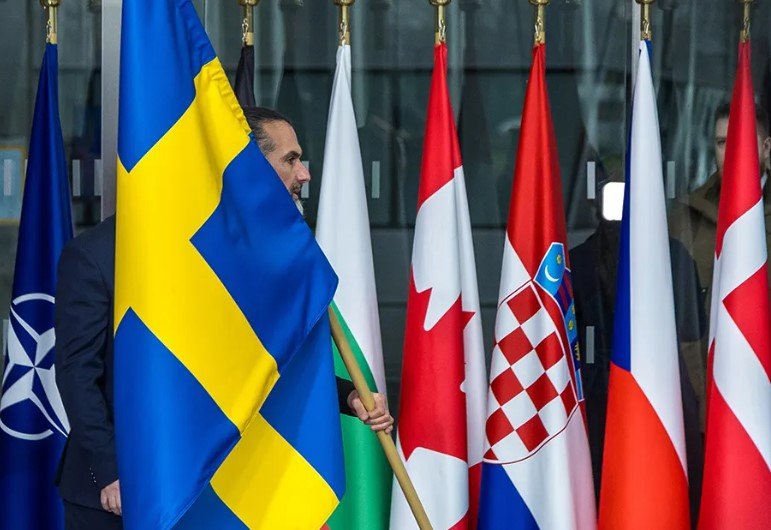As geopolitical alignments shift, fault lines within NATO are becoming clearer—especially in the digital and defense spheres. Amid increasing mistrust following U.S. restrictions on satellite imagery to Ukraine and whispers of thawing relations with Russia, the European Union is accelerating efforts to sever its dependence on American technology.
U.S. Blocks Ukraine’s Eyes in the Sky
The tipping point for many in the EU may have been the recent U.S. decision to restrict Ukraine’s access to satellite imagery, hampering not just military intelligence, but also civilian open-source analysts. Though commercial data from Maxar is still available, and internet traffic continues unimpeded, the move has sparked alarm across Europe.
It’s not just about access—it’s about trust. The looming threat to shut down Starlink, one of Ukraine’s key communications lifelines, has reinforced EU fears that the U.S. might deprioritize European interests, particularly in scenarios involving Russia.

EU’s Push for Sovereign Tech
In response, Europe is crafting a future less tethered to Silicon Valley. At the heart of this movement is a growing rejection of U.S.-centric technologies like LoRaWAN®, in favor of EU-originated alternatives:
-
MIOTY is being promoted as a more secure, independent replacement for LoRaWAN in IoT deployments.
-
KRITIS, Germany’s infrastructure advisory board, is recommending DECT-2020 NR (ETSI), wM-Bus, and TS-UNBas for national infrastructure.
-
The EU is also doubling down on RISC-V open hardware, aiming to develop chips that adhere strictly to EU standards, supported by companies like Infineon, NXP, and STM.
This isn’t just ideological. EchoStar, a U.S. satellite operator with European licenses, has been warned: starting in 2027, only EU-compliant radio protocols will be permitted. If it doesn’t comply, the EU is prepared to pivot entirely to IRIS², its own satellite constellation.
Strategic Independence Becomes Tactical
The EU’s approach is multi-layered:
-
Politically, Brussels is preparing for potential U.S. sanctions.
-
Legally, it’s launching WTO action against what it views as discriminatory U.S. tech blockades.
-
Economically, it’s channeling resources into semiconductor autonomy, secure communications, and military spectrum access, particularly in Ukraine.
The implication is clear: Europe no longer trusts that NATO unity automatically translates into aligned technological priorities—or shared geopolitical objectives.
Broader Impacts: A Fragmented IoT Future?
As the world enters what many are calling a “New World Order,” global supply chains are feeling the shockwaves. Insurance premiums on shipping containers are rising. Risk profiles for transcontinental trade are changing. And in this uncertain environment, tech sovereignty is becoming the new defense policy.
The divide is also likely to fragment the IoT world into competing ecosystems—one U.S.-led and cloud-dependent, another Europe-led and rooted in open-source, decentralized, and sovereign frameworks.
If this rift continues to widen, IoT standardization efforts may stall, innovation could fragment, and market access barriers may rise between allies.
Final Thought
What began as subtle divergence in tech protocols has become an ideological split within NATO. The EU is not just seeking technological independence—it’s preparing for a world where its biggest ally might no longer be its most reliable partner.
And that makes the 2020s a defining decade not just for geopolitics—but for every device that connects to the cloud.








